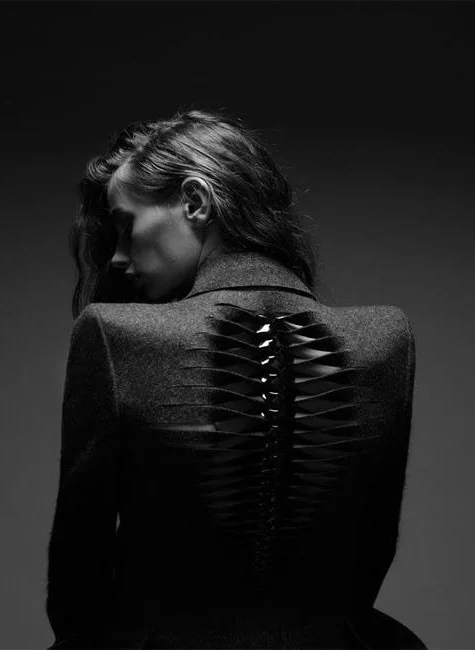In 1954 – Joseph Cahill – the Australian Premier said ‘This State cannot go on without proper facilities for the expression of talent and the staging of the highest forms of artistic entertainment which add grace and charm to living and which help to develop and mould a better, more enlightened community…’
An international design competition was held and one of the judges, a Finnish American architect Eero Saarinen rescued the winning scheme number 218 from the ‘rejects’ pile, describing it as ‘genius’ and declared he could not endorse any other choice. A relatively unknown 38 year old Danish architect Jørn Utzon had created a vision of ‘a large sculptural building’ that would become one of the world’s most iconic buildings. In 2003, The Pritzer Prize Juror, architect Frank Gehry, observed that ‘Utzon made a building well ahead of its time, far ahead of available technology, and he persevered through extraordinary malicious criticism to a building that changed the image of an entire country. It is the first time in our lifetime that such an epic piece of architecture gained such universal presence’. Over 50 years on, the Sydney Opera House has cemented it’s place in peoples hearts around the world, and still stands as a beacon for creativity and the arts.If you’re lucky enough to ever visit the Sydney Opera House, the two most noticeable factors is the spectacular sculptural facade of the building and the strong sunlight, which throws huge shadows across the sails of the building. Our aim was to capture that minimal beauty that makes the building so unique.
We wanted to recreate the incredible architectural story in the brand that contained so much collaboration, inspiration and daring in its production. We did this creating an architectural brand, one that would feel as sculptural as the building itself. By creating a physical form language that could be used as a DNA that would inform every touchpoint. The brand created – like the building – is a worlds first. Its core is a three dimensional architectural typeface. The typeface has also been adapted into a two dimensional beveled version that contains layers of gradients that mimicks the buildings unique curves. Technology was developed to make it easily applied across digital and design programs. The second brand element were multiple curved sails that could be applied to any flat surface area, making it instantly feel sculptural. These two elements combined, create a unique and beautiful system that would authentically reflect the worlds most iconic building. The system will be used to promote the experience and the various performance genres they produce, proving there really is an event for everyone – no matter what your taste may be. All sub-brands have also been unified under the master brand so that all brand equity would be attributed to the Sydney Opera House rather that specific programs. The brand platform was created with partnerships in mind, providing Australia’s best creative talent a world stage. Physical products and clothing are being commissioned along with a new digital hub that uses the same sculptural identity. The final brand feels as unique and timeless as the building itself. Creating a perfectly cohesive experience that promotes both the Sydney Opera House as well as the artists they work with everyday.Client: Sydney Opera House
Agency: Interbrand, Sydney
Team: (Designers) Oliver Maltby, Chris Maclean, Tom Carey, Dan Ingham, Jo Rocca, Michael Webster, Diana Chirilas, (Motion) Mike Tosetto, Conlan Normington, (Management) Damian Borchok, Matt Hinchliffe, David Story, Doug Nash, (Writing) Lex Courts, Jared Bedford, (Typography) Laurenz Brunner, (Motion) Collider Studio
"Sculptural shapes were arranged side by side, so one gets a varied picture of the complex, according to which way you move in or around the structure. All parts play together in a rich variation of shapes”
– Jørn Utzon.
The form language translates across physical and digital experiences.
The form language is also perfect for developing unique experience and retail offers that can boost Sydney Opera House's revenue.
It opens up huge opportunities to collaborate with some of the nation's best designers and brands. Raising the creative significance of Australia, and the profiles of the artists and organisations Sydney Opera House collaborates with.
Sydney Opera House uniforms have been earmarked to be designed by the famous Australian fashion designer Dion Lee. He was the first fashion designer to stage a runway presentation in the building, and has also previously designed a range based on the building itself.











































